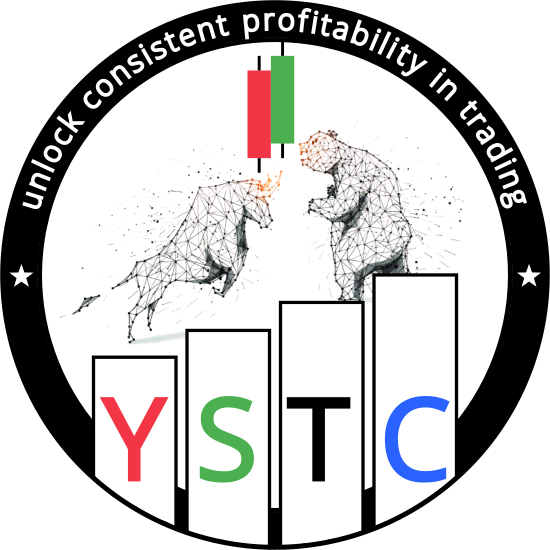Unlock the Rest with Free Login
Create a free account to unlock Modules 3–8 — packed with advanced strategies, tools, and trading psychology.
✅ Just powerful, real-world trading education.
Register to Continue Learning
Start free with 2 full modules, then unlock the full course (Modules 3–8) — with a free account.

Providing free market education and webinars for learners around the world — now and into the future — takes significant ongoing effort, made possible only through the generous financial support of our sponsors.
Over 50+ self-learners & 250+ course-members already trust our method — focused, chart-based learning with price action & volume.